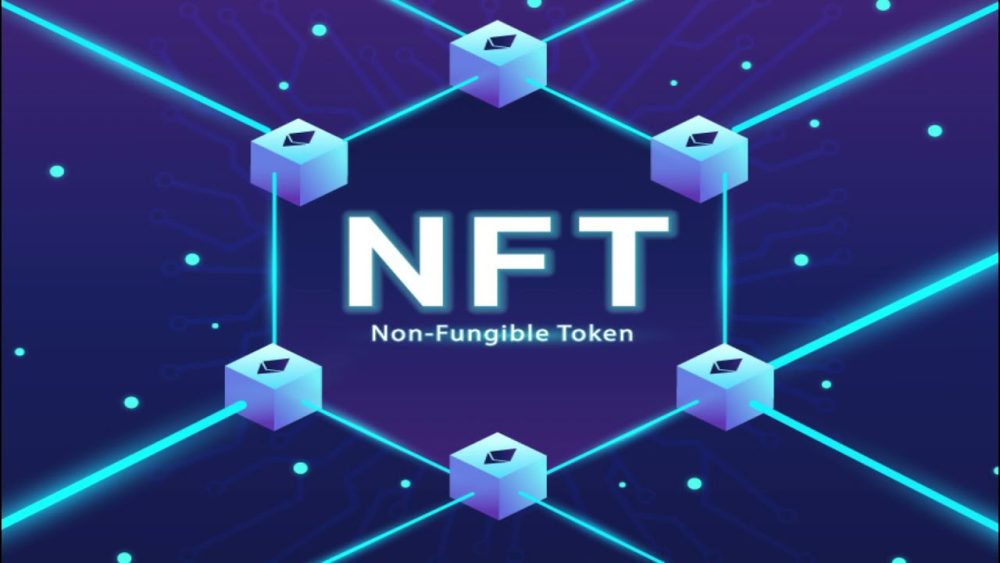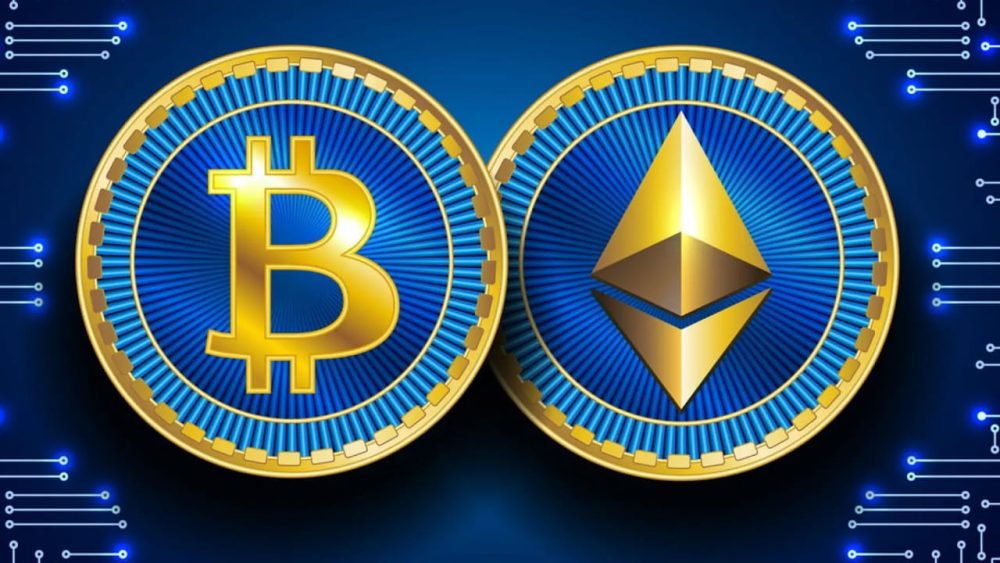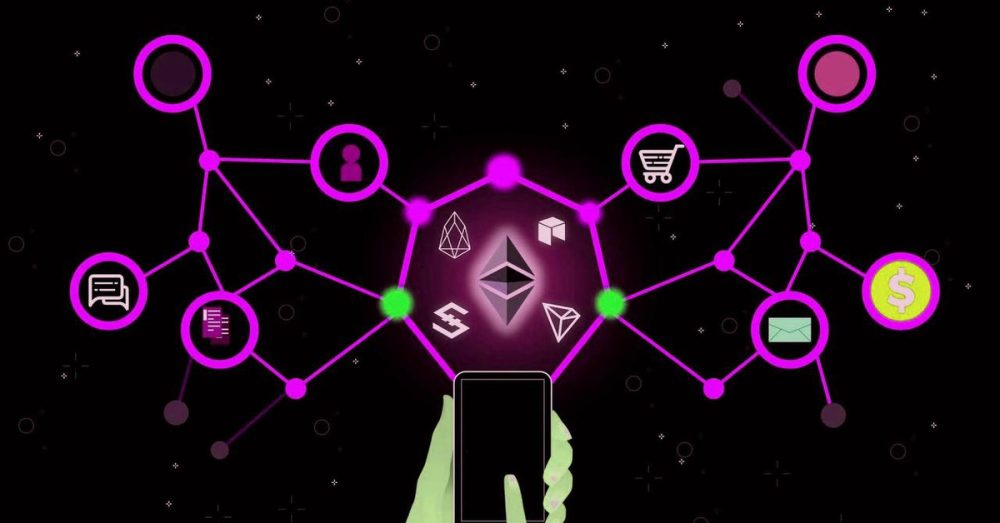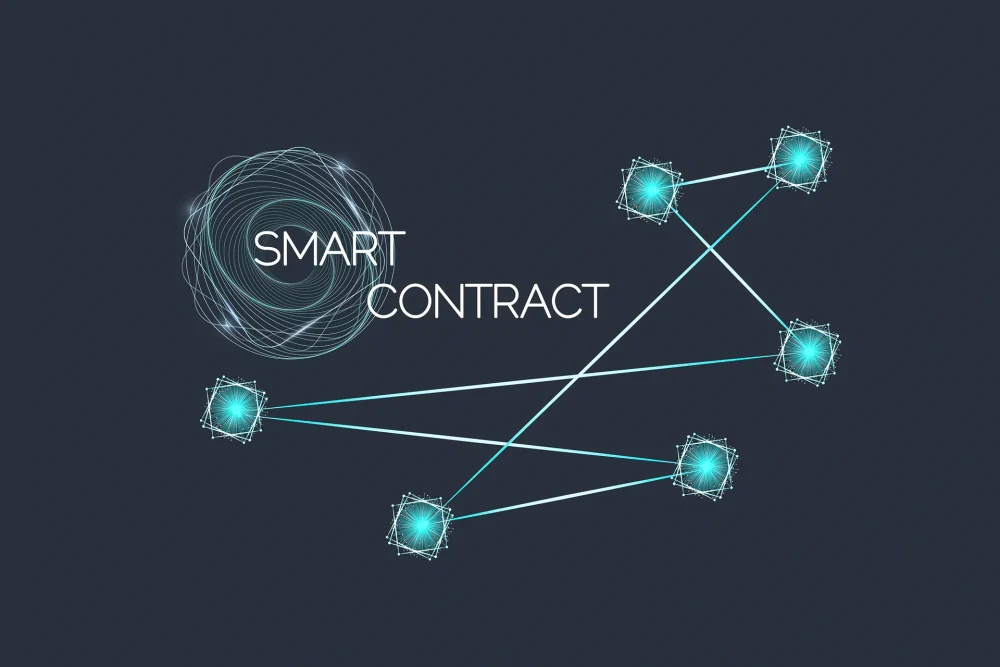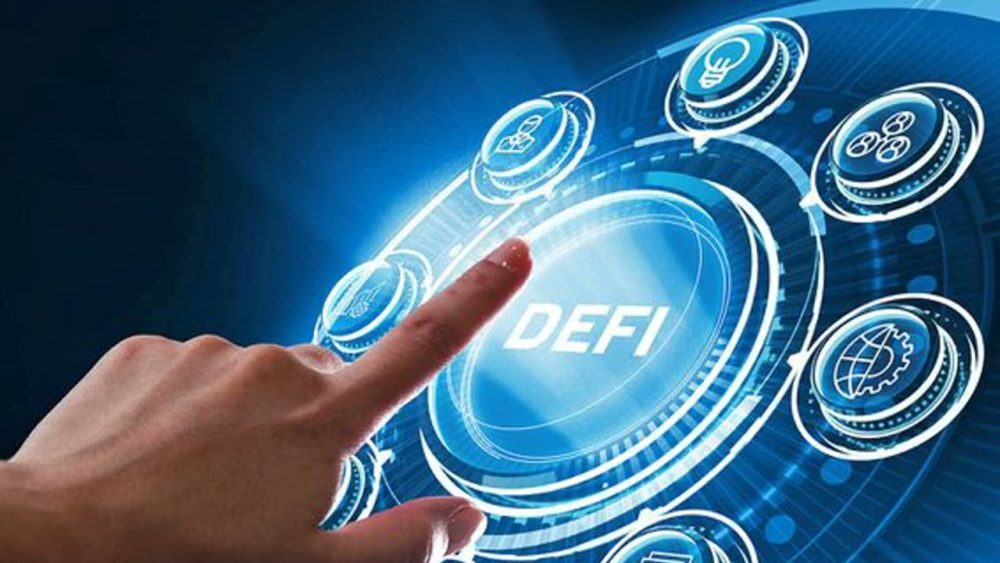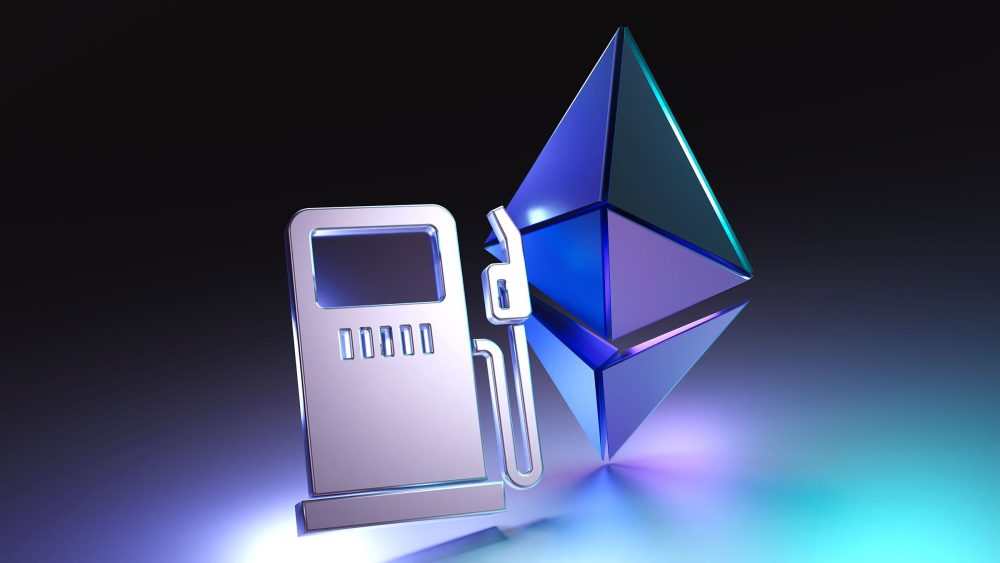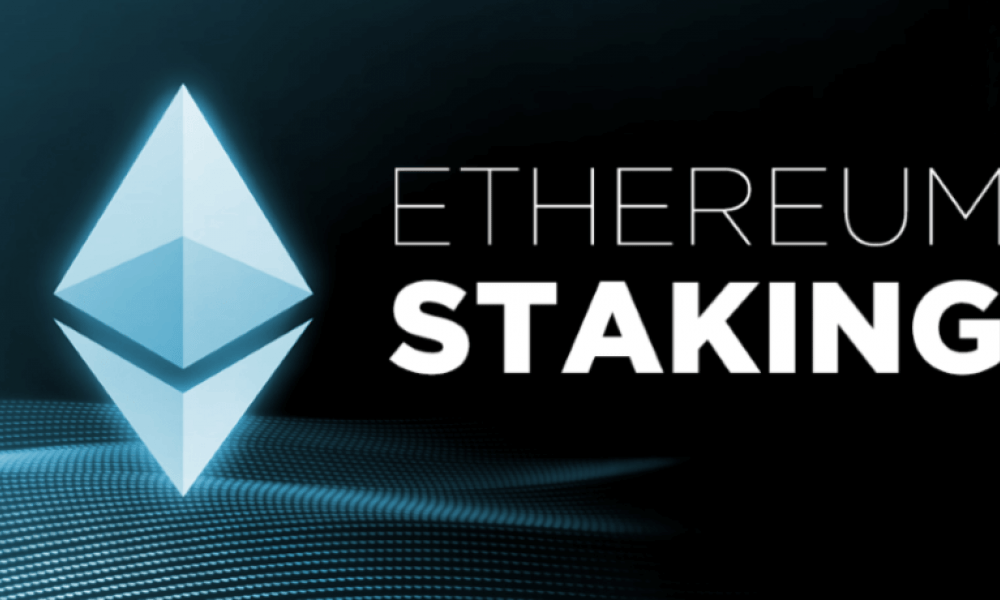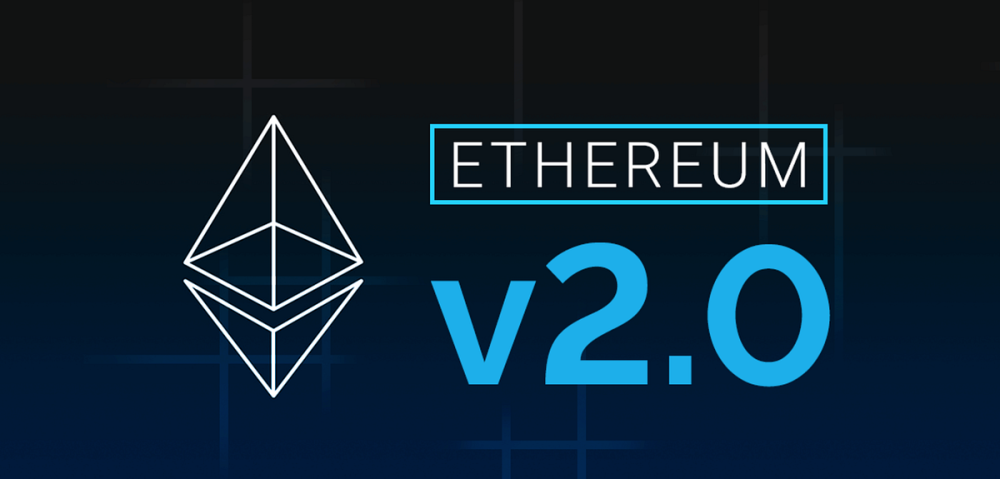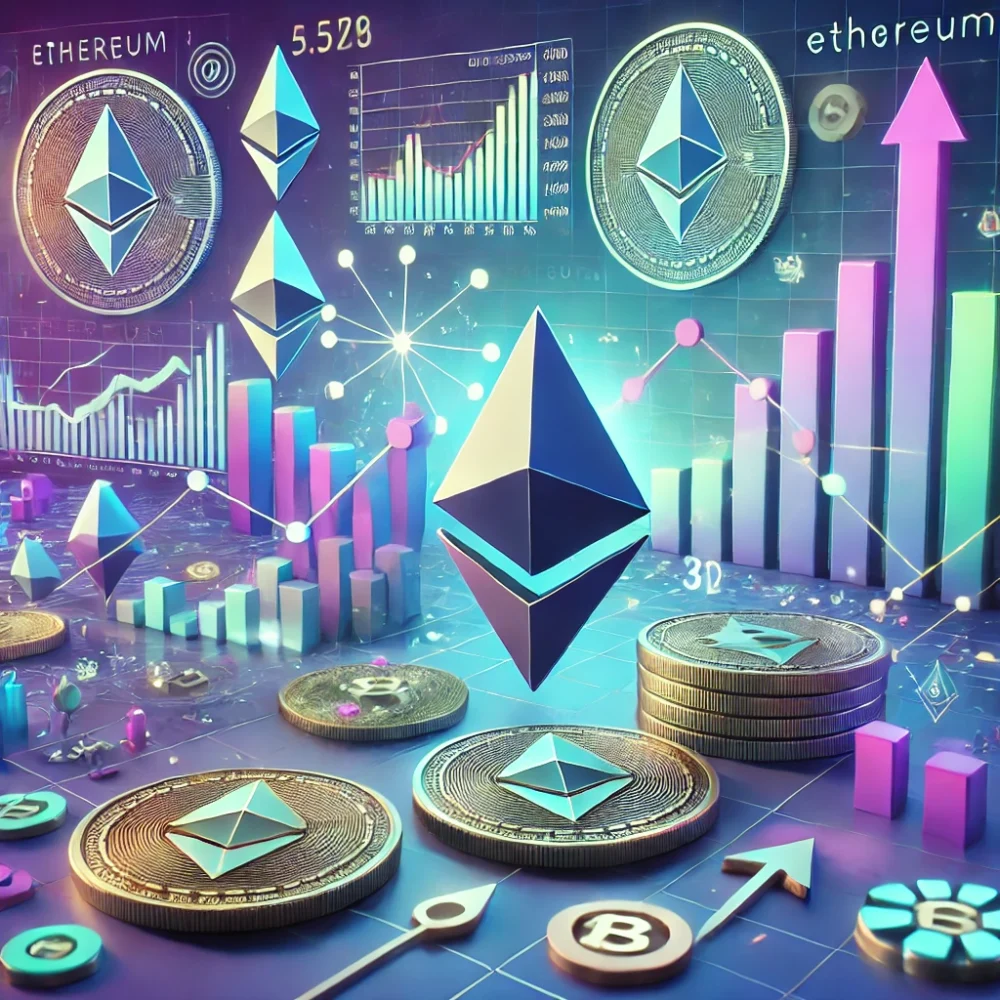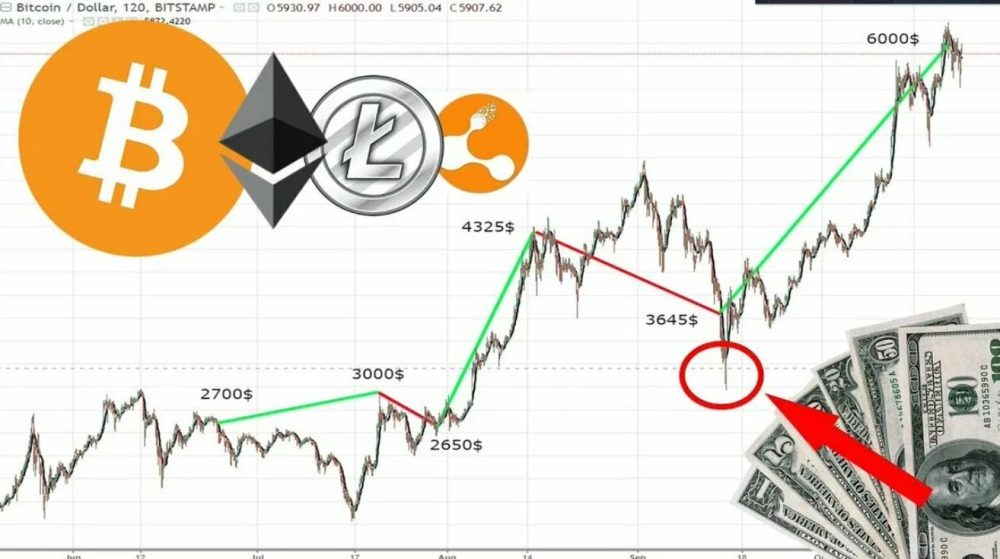The explosion of NFT popularity in cryptocurrency has become one of the most discussed phenomena in the digital economy. Million-dollar sales of digital art, gaming assets, and virtual land have attracted the attention of investors, artists, and collectors. This phenomenon has changed the perception of the value of digital assets, making them legitimate trading objects.
What is NFT in cryptocurrency? Non-fungible tokens that confirm ownership rights to a unique digital asset. Its operation principle is based on the Ethereum blockchain and NFT smart contracts. This ensures the security and uniqueness of each token. We will delve into how this works and what opportunities NFT opens up in detail in the article.
NFT in cryptocurrency: what is it
Understanding NFT begins with distinguishing traditional cryptocurrencies from non-fungible tokens. It can be explained using the example of money: one banknote of 1000 rubles is equivalent to another banknote of the same denomination. However, a digital painting or an in-game item can exist in a single copy. In simple terms, this is what makes NFT tokens unique.
Each non-fungible token confirms ownership of a digital asset, recorded on the blockchain. It can be an image, video, music file, or in-game item. The main advantage of NFTs is that they cannot be counterfeited or altered. This makes them valuable in the art and gaming industry.
How NFTs work: principles of digital asset operation
NFTs have changed the approach to owning digital assets, allowing for confirming their uniqueness and ownership rights. They operate on the blockchain, which guarantees data protection, and smart contracts ensure transaction transparency. Thanks to these technologies, NFTs are used in art, games, real estate, and digital identification.
More details on how NFTs work and where they are already used in the real world:
- Ethereum Blockchain – the foundation of NFT. The technology is based on the blockchain, and the most common platform for their issuance is Ethereum. All information about the token, its owner, and ownership history is recorded in a distributed ledger. This completely prevents the falsification of information. Unlike regular digital files that can be copied, NFT represents a unique record verified by the network.
- NFT Smart Contracts: Ensuring Uniqueness. Each token is attached to the owner using NFT smart contracts. These are automated software algorithms that execute transaction conditions without intermediaries. If a digital painting is sold, the smart contract automatically transfers ownership rights and records a new entry in the blockchain.
- How NFTs work and their application in the economy. Their use goes far beyond art. They are used in gaming industries, for selling event tickets, confirming property rights, and even creating digital identifiers.
Uses of NFTs
NFTs have become a real revolution in the world of digital art. Now artists can sell their works independently, bypassing intermediaries. This gives authors full control over their objects and their monetization. The most famous example: Beeple, which was sold for tens of millions of dollars.
In addition to digital art, NFTs are widely used for issuing collectible items. Companies like NBA Top Shot create limited series of digital cards with moments from games that can be bought, sold, and traded. Musicians also use non-fungible tokens to sell exclusive albums and tracks without intermediaries.
NFTs in games and metaverses
The gaming industry actively uses NFTs to create digital assets with real value. Now virtual items such as weapons, characters, and skins can be bought and sold on the blockchain, turning them into full-fledged digital assets.
Platforms like Decentraland and The Sandbox allow users to acquire virtual land plots and build digital infrastructure on them. These NFT assets are used to create game objects, rent spaces, and hold events in metaverses. The development of blockchain technologies enables asset transfers between different gaming ecosystems, which was previously impossible.
Real Estate and Digital Assets
NFT technology is even used to confirm ownership rights to real objects. Real estate can be formalized as a digital certificate, simplifying the buying and selling process. The blockchain records all operations, eliminating the possibility of fraud or double sales.
In addition to physical real estate, NFTs are widely used for buying and selling digital objects. Owners of virtual land plots can sell them, rent them out, or build buildings on them. This opens up opportunities for businesses, including creating advertising platforms and holding online events.
NFTs: Risks and Asset Protection
Despite the advantages, NFT security remains a relevant issue. The main threats are phishing attacks, wallet hacks, fraudulent projects, and loss of access to digital assets.
Key risks:
- Phishing sites, impersonating official NFT trading platforms. They steal users’ personal data;
- Cryptowallet hacks, leading to asset loss;
- Fake NFTs, passed off as original digital works;
- Lack of market regulation, making it difficult to combat fraud.
Main protection measures:
- Use of cold wallets for storing tokens, as they are not connected to the internet and are not susceptible to hacking attacks;
- Verification of NFT authenticity before purchase, studying transaction history on the blockchain;
- Avoidance of dubious platforms and selection of trusted trading platforms such as OpenSea, Rarible, and Foundation;
- Creation of backup access keys, as losing a password or seed phrase means irreversible loss of all NFTs.
Implementing these measures helps minimize risks and protect digital assets from fraudsters.
NFT in cryptocurrency: key takeaways
What is NFT in cryptocurrency? It is a new digital asset that is changing the economy. The token’s possibilities are enormous: from art and games to real estate and identification. The development of blockchain and smart contract technologies makes NFT not just a trend, but a full-fledged element of the digital future. It is important to study this market to understand its potential and possible risks.

